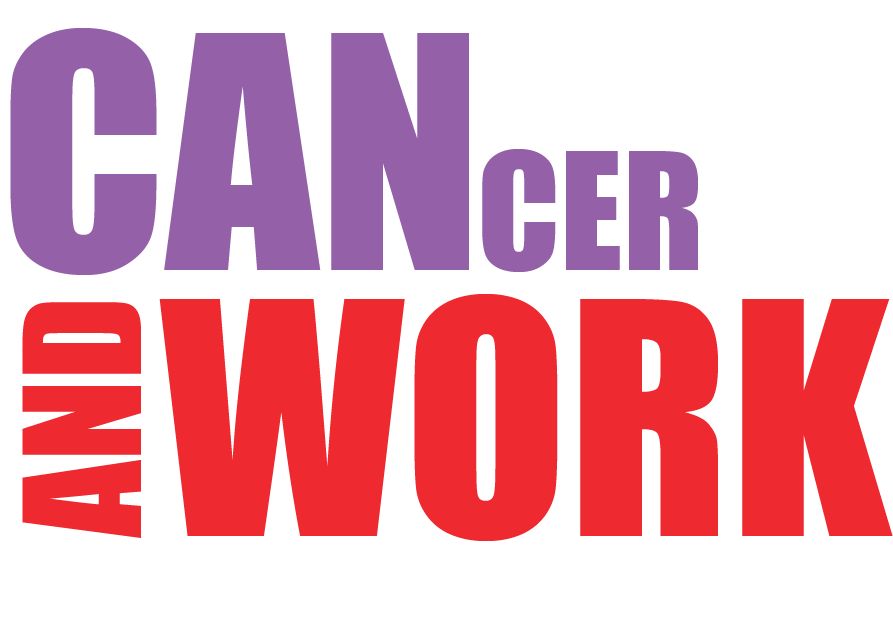Communication with healthcare providers, such as physicians, is commonly done through 2 ways. The first is by asking employees to have their doctors write a note or complete a form indicating a need for time off based on medical reasons, clearance to return to work and guidance around restrictions and limitations, as well as a need for accommodation. The second way is by directly speaking to the healthcare provider with the consent of the employee. Speaking with the physicians directly is more unusual and it is very important not to ask for information to which you are not legally allowed.
Many large organizations handle this by having human resources, disability management, return to work coordinators or occupational specialists (in-house or outside consultants) communicate with the employee’s doctor about diagnosis and impairments as they are more familiar with laws that protect privacy. Some specialists such as disability managers and return to work coordinators may be allowed to ask for more detailed information as they are expected to keep this information private from employers, supervisors and employees. In these situations, it is common for these specialists to facilitate accommodation planning with the employee, supervisor and, in some cases, the union.
In small organizations without such specialists, protecting employee privacy at the workplace can be more challenging. Managers may need to obtain information from the employee’s doctor while maintaining confidentiality to determine what supports the employee will need when they return to work and, on an ongoing basis, to stay at work. For guidance on this subject, consult a specialist in human rights such as a lawyer or a representative from a human rights organization. For more information, see What employers are allowed to ask by James D. Heeney and Allison Buchanan, Robinson Heeney LLP.
The safest and most effective approach is to request information about functional abilities and restrictions, so that the employer can then determine how they can make adjustments in the workplace to allow for the employee to return to work in a safe environment. Many physicians do not know the extent to which an employer can go to make accommodations as each employer is different. The physician and other healthcare providers can provide functional information without having to disclose the diagnosis, helping to focus on the employee’s abilities and restrictions. If there is a job description or job analysis, it is a good idea to send it to the physician with the employee so they can review it when discussing any abilities or limitations. Such descriptions should include all duties, including those not frequently done. This can be particularly helpful if the position is safety sensitive and there is a risk to performing tasks. This can cue the healthcare provider to advise the employer of this concern so appropriate adjustments can be made to allow the employee to return to and stay at work.



